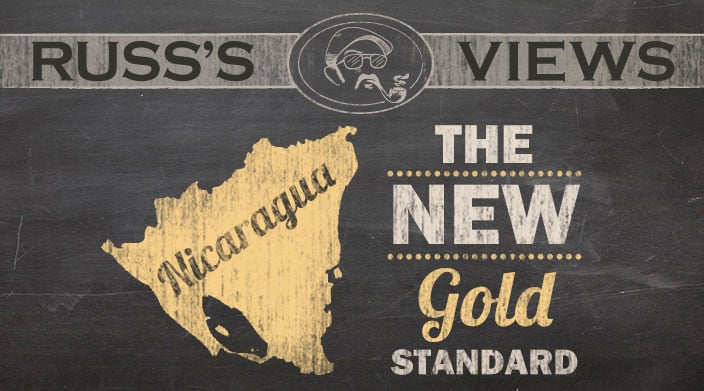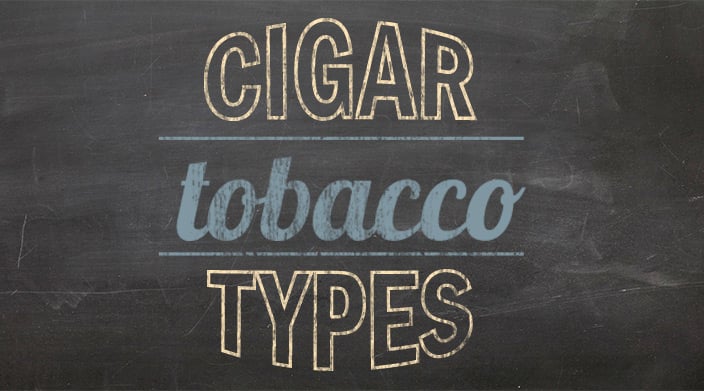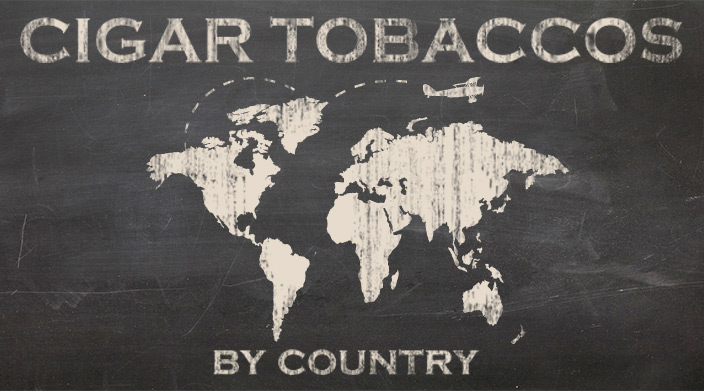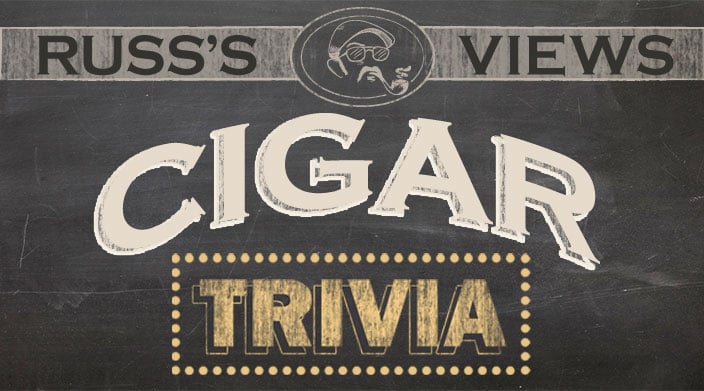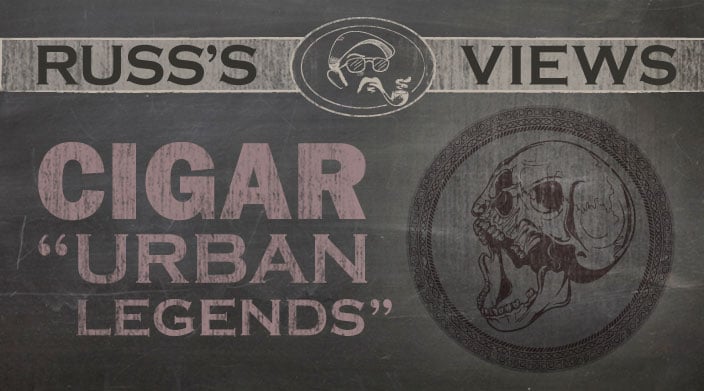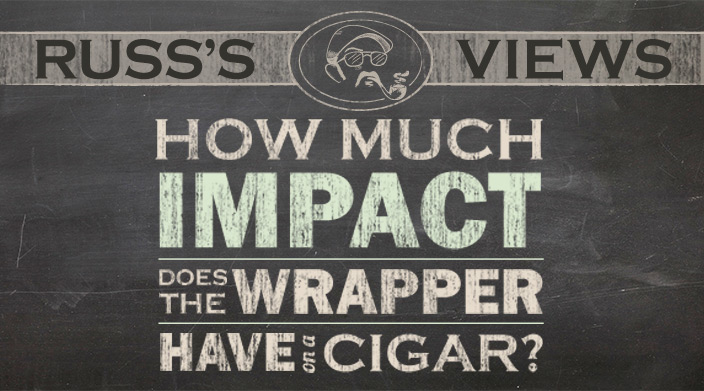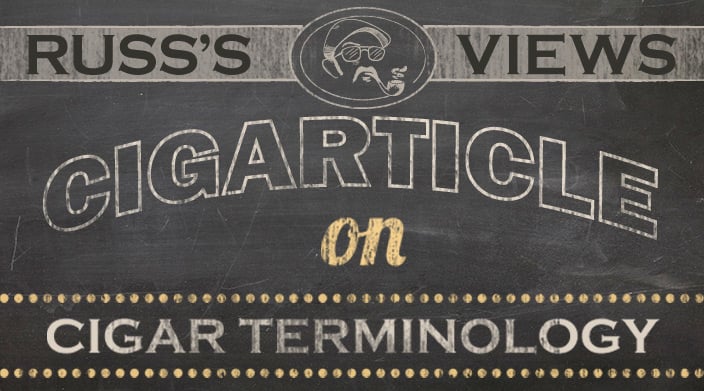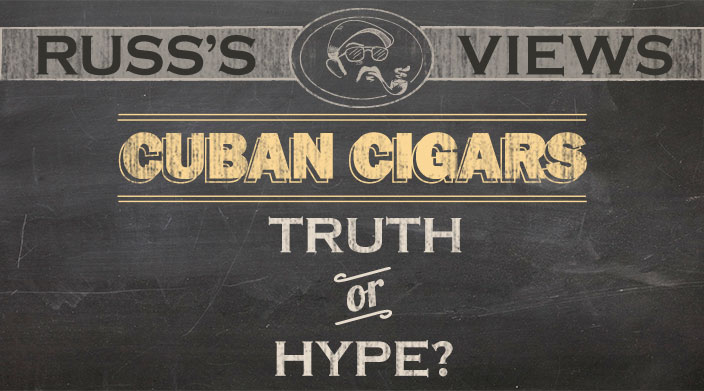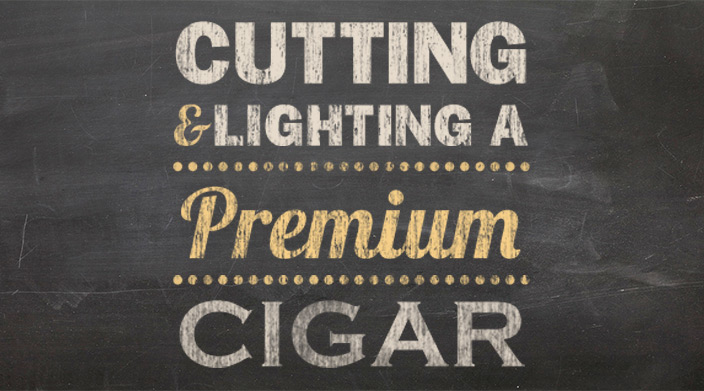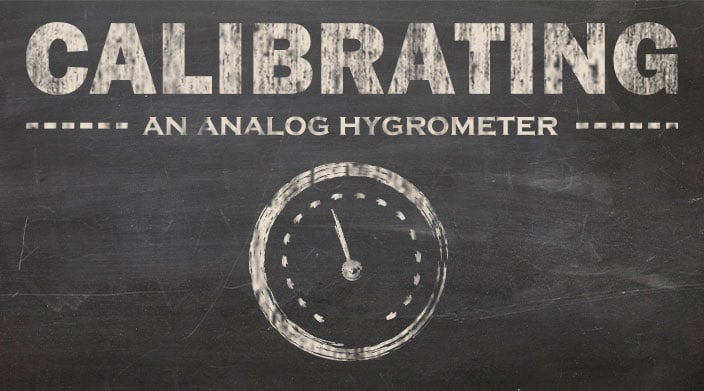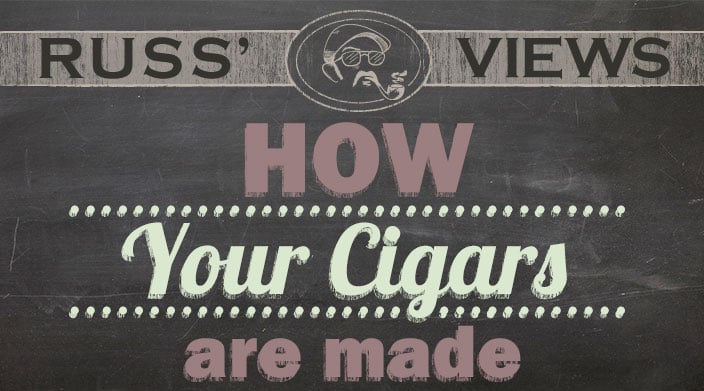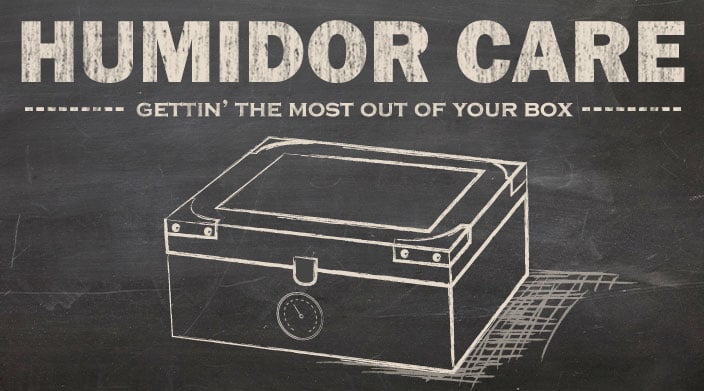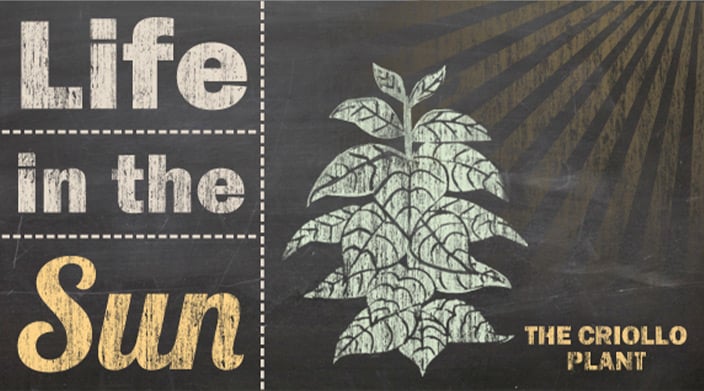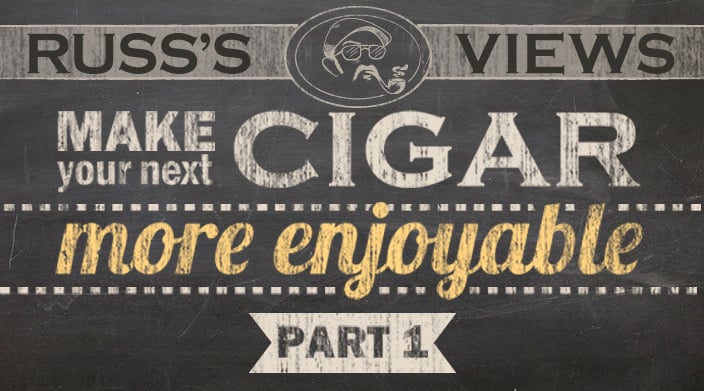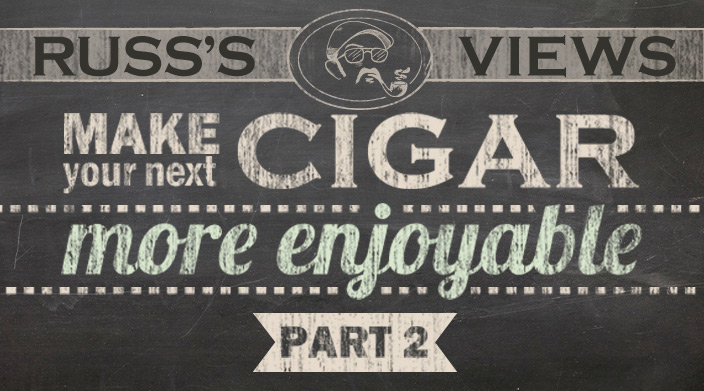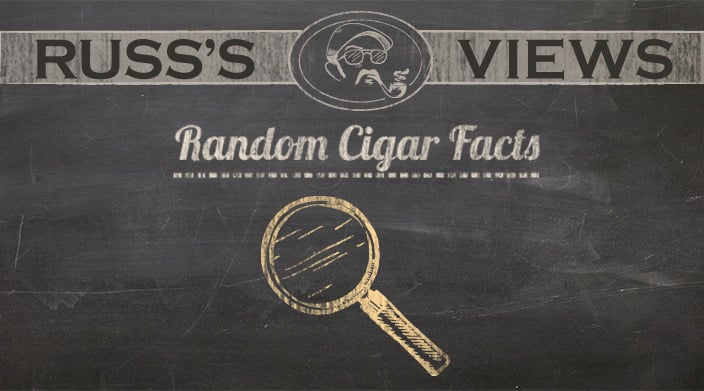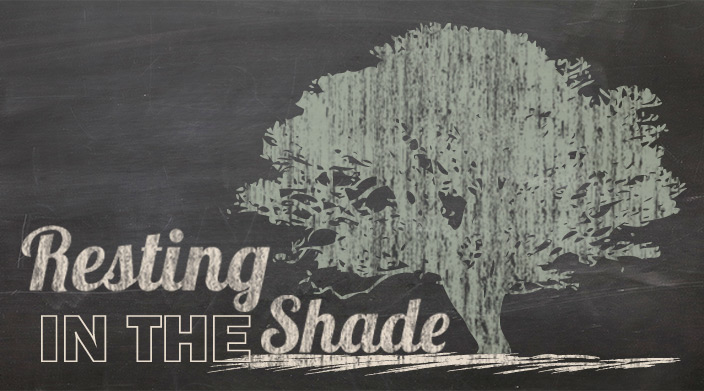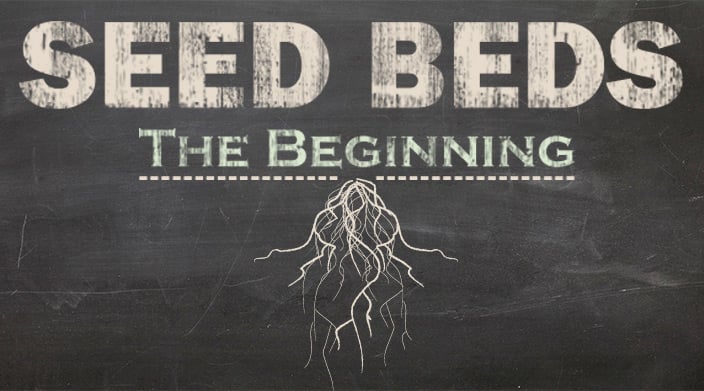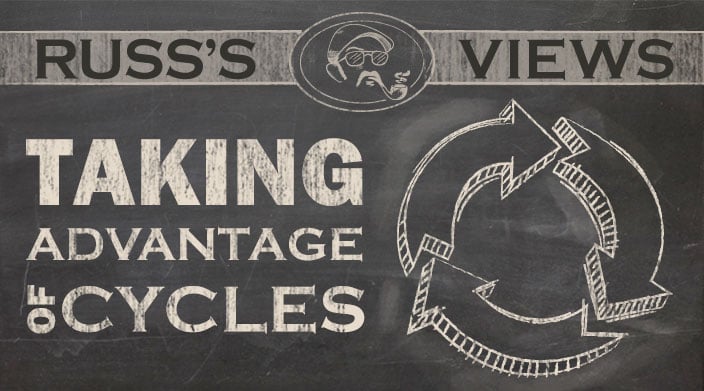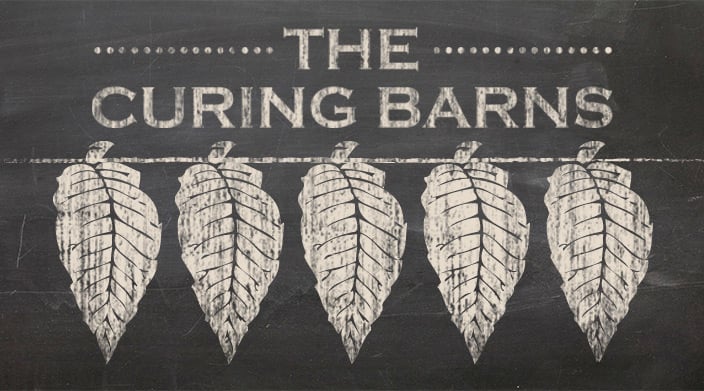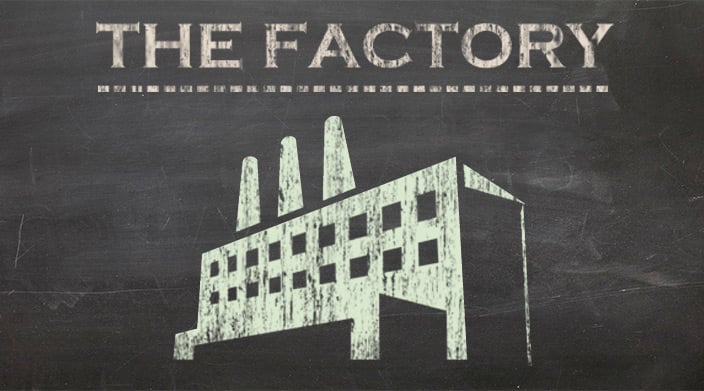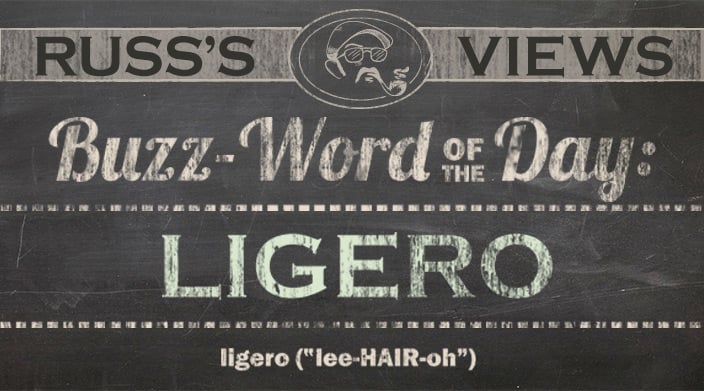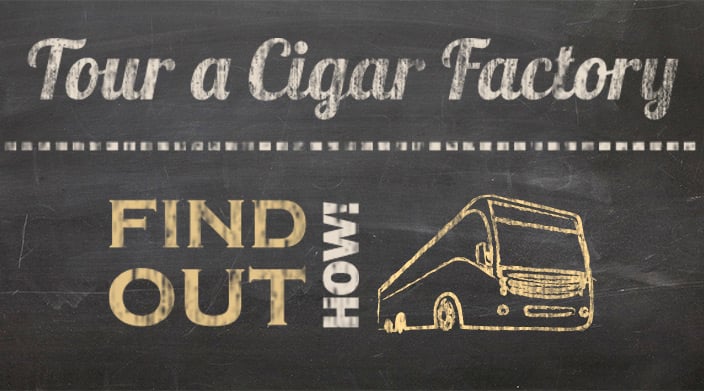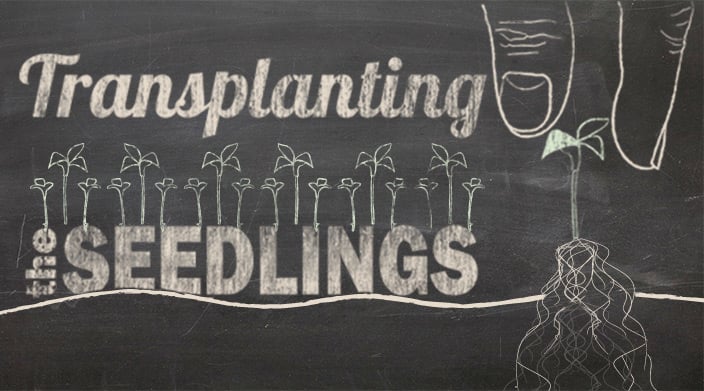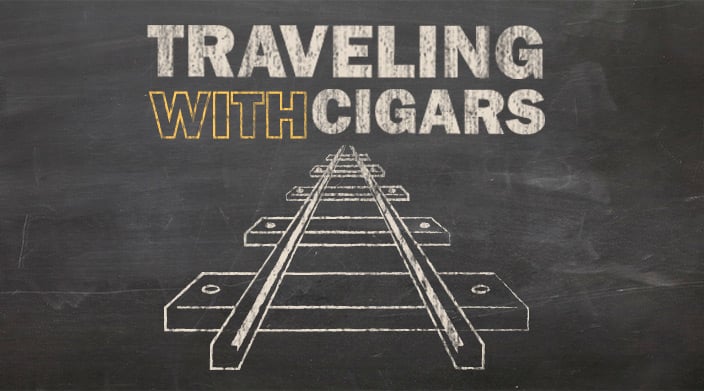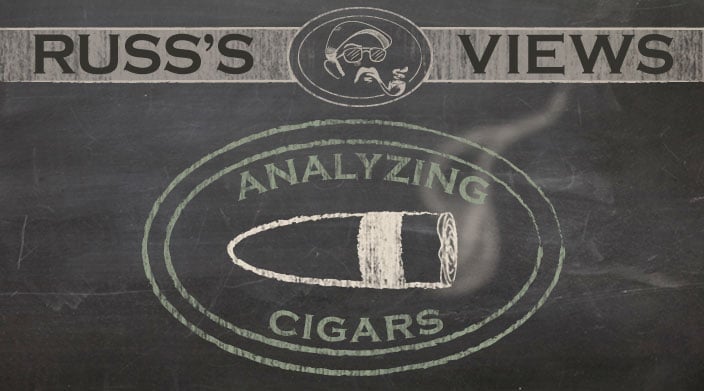After the onset of the Cuban Revolution, the state began to insinuate itself into the cigar making industry, eventually seizing the property, and assuming the operation and ownership of the many, storied companies who had been manufacturing and selling the world’s finest premium hand-rolled cigars since the 1860s. As the original owners and their best employees saw the handwriting on the wall, they gathered up seeds and fled the country in an effort to keep their businesses alive.
These cigar masters scattered about the Caribbean and Central America, winding up in the Dominican Republic, Jamaica, Mexico, Honduras, Brazil, and Nicaragua. Each area produced tobaccos that were significantly different than their Cuban predecessors, even though the seeds were the same ones they were using in Cuba. The Dominican tobacco was smooth; Jamaican was mellower with a bit of spice; Mexican was earthy and sweeter; Honduran was earthy and rich; Brazilian was toasty and chocolaty and Nicaraguan turned out bold and spicy, making it the closest to the Cuban flavor profile.
The dark soil and the climate are the primary reasons for the flavor and aroma of Nicaraguan cigars, and it caught on so well that by the seventies, a Nicaraguan brand (Joya de Nicaragua) had become one of the biggest-selling premium imports in the U.S., and was, for a while, the official cigar of the White House. During that time, if one wanted a rich and powerful cigar apart from a Cuban, a Nicaraguan was the best choice.
I certainly enjoyed the original JDN, but around 1976 I found another cigar that, literally, took my breath away. The Fuente family established an operation in Nicaragua and began making a brand called Flor de Orlando, and the shop in which I worked at the time was sent some samples. Upon sparking one up, the sheer power and spice made me gasp to catch my breath. It was, up to that point, the most flavorful and strongest cigar I had smoked. It very quickly became my everyday smoke.
Unfortunately, during the eighties, there was a revolution in the country that led to a military dictatorship which, much like Cuba, nationalized the cigar industry, or simply burned farms and factories to the ground. The people who were chosen to run the operations of the remaining cigar companies were inexperienced, and the quality suffered greatly. Many of the fields that were growing some of the richest tobacco in the world were allowed to go fallow and became overgrown with weeds. After another regime change, some people wanted to revitalize the industry. One in particular, Dr. Alejandro Martinez, wanted to return his country’s cigars to the prominence they once held, so he bought and reintroduced Joya de Nicaragua. The cigars came back to the U.S. market, but upon smoking one, I was completely underwhelmed. It was mellow and almost completely devoid of spice. The years of not being farmed and fertilized had changed the soil enough to morph the tobacco into a much different flavor profile.
But Dr. Martinez wasn’t going to quit, and worked with his employees and suppliers to rejuvenate the brand, and in the early 2000s, they introduced the Joya de Nicaragua Antaño 1970. At the time, I was not in the business, but the owner of my favorite shop (soon to be my employer), Scott Bendett, who knew that I liked my cigars bold and spicy, suggested that I try the cigar. I bought the Belicoso, a 6” by 54 ring gauge figurado and settled in for a smoke. The dark reddish-brown wrapper had an invitingly familiar appearance and aroma, and when I lit it up I had the same reaction as I had with the Flor de Orlando. The intensity of flavor floored me, and I knew that Nicaragua was making a comeback. In retrospect, that was an understated thought. Nicaragua began making some of the best quality powerhouse cigars I had ever tasted, and still do today. There are now so many cigar companies doing business there that it’s hard to keep track of them.
There are three main growing regions in Nicaragua, and that is one of the keys to the country’s newfound success as each area will produce a different taste and aroma, even if the same seeds are planted in each. The region in which most of the cigars are made is Esteli, and the tobacco grown thereabouts tends to be strong and intense, and is reserved mostly for filler and wrapper. The rich, black soil and abundant sunshine combine to produce the combination responsible for the strength of the leaf. Moving further north, the Condega Valley is a little more overcast, and because of that the sun-grown tobacco from that region tends to be somewhat mellower but is thinner, less veiny, and more elastic than the leaf from Esteli. There are some companies and factories located in Condega as well as the large number of acres of fields.
Going even further north, one finds the Jalapa Valley which is hard to get to due to the damage of roadways from Hurricane Mitch in 1998 that still has not been repaired. But the tobacco grown in Jalapa is worth the effort to transport, as it tends to be sweeter and more delicate than the Condega and Esteli varieties, and lends a contrast to the deeper and spicier flavors from the other regions. This is one of the main advantages that the country has as a cigar producer. The variety of flavors that can be achieved by combining different strains from the three different sections of the country is pretty much all-encompassing. Whether one wants smooth and sweet, bold and powerful, or somewhere in-between, Nicaragua can produce it. There’s even a unique type of tobacco that’s grown on an island in the middle of a volcanic lake. This island, called Ometepe, cranks out a leaf that is a deep, oily, and red-brown with a mellow spice and some sweetness that has a very full mouth-feel.
For over 30 years, on and off, my favorite cigars have been Nicaraguans, and if power and full flavor is the target, it’s hard to imagine anything short of a Habano that will do the job.




